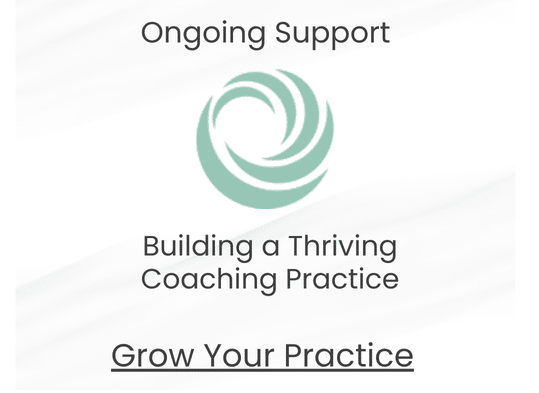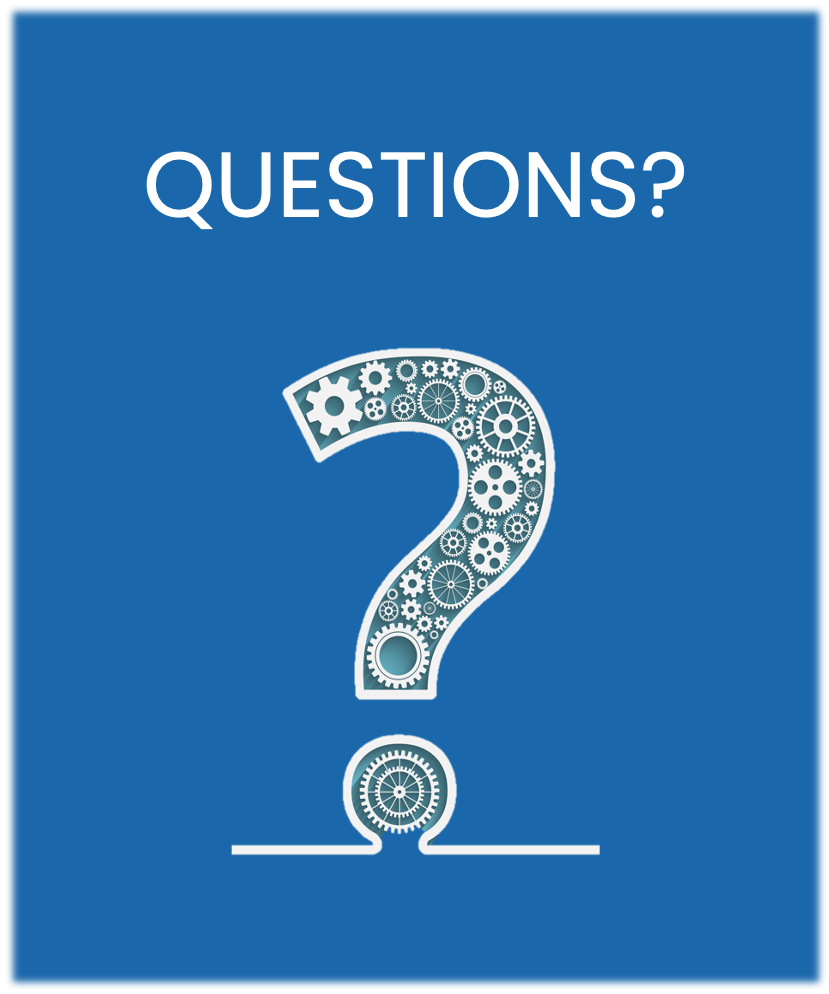CiPP Spotlight: Linda Jackson
by Suzee Connole
Oxytocin, known as the love or cuddle hormone, is often released by physical touch, but what about eye contact? Research shows that a person needs five to eight hugs a day to be happier. Could catching—and holding—someone’s eye yield the same results?
“Maintaining eye contact creates a calming, connected state of being that, after 30 to 60 seconds, triggers oxytocin,” says Linda Jackson, a graduate of WBI’s Certificate in Positive Psychology and a presenter at the Embodied Positive Psychology Summit. Oxytocin is produced in the brain, travels through the body, hits the internal organs, and ends in the heart. “As we experience this chemical release each time eye contact is maintained, those small boosts add up to a sustained good feeling,” Linda explains.
In a study published in Science magazine, researchers found that dogs who trained a long gaze on their owners had elevated levels of oxytocin—and after receiving those long gazes, the owners’ levels of oxytocin increased, too. It even works with people who don’t know each other at all: Researchers found that strangers who were asked to stare into each other’s eyes for two uninterrupted minutes reported “increased feelings of passionate love for each other.”
In a study on generating closeness by psychologist Arthur Aron, a man and a woman who were unacquainted were asked to sit face to face, answer a series of increasingly personal questions, and then stare silently into each other’s eyes for four minutes. Six months later, two of the participants were married. That study inspired a New York Times essay, which in turn inspired a video testing the theory.
It’s not just about chemicals. Engaging another being through eye contact demonstrates an underlying willingness to know and be known. As Linda says, “The eyes are pretty amazing. You can look at someone and gather all kinds of information about their feelings, health, happiness, or unhappiness.”
She experienced that in her previous career as a preschool teacher, working with low-income students, many from abusive homes. “These children were learning to be violent and I was looking at ways to give them a more peaceful alternative,” she said.
She meditated with the kids and taught them to identify their feelings and listen to one another. And she used eye contact to understand them better and to build a foundation of trust: The longer the duration of eye contact, the greater the trust that is built, Linda says. Today, as an acupuncturist, massage therapist, and educator, she uses eye contact with her clients as a way to tune in to their cues.
Linda says that holding eye contact, with humans or animals, creates what Barbara Frederickson describes as micro-moments of love. Cultivating those micro-moments allows for deep experiences of connection—regardless of whether you make physical contact, have a history together, or have anything in common besides being two creatures with open eyes and open hearts.
Linda offers the workshop “Windows to the Soul: The Impact of Eye Contact on Health, Happiness, and Well-Being” at the Embodied Positive Psychology Summit, May 1–4 at Kripalu.
Linda Jackson is owner/operator of the Centre for Acupuncture, Herbs & Massage in Great Barrington, Massachusetts. A Positive Psychology coach, she is a graduate of the Certificate in Positive Psychology program and is certified in life coaching. Her professional background includes directing a federally funded preschool in Pennsylvania and serving as a founding member of Kripalu, where she designed and taught programs in yoga, meditation, massage, and healthy living to thousands over 25 years. In addition to seeing clients at her clinic, she teaches workshops on health, happiness, and full-body well-being. centreforacupuncture.com
Suzee Connole is the Marketing Assistant for Wholebeing Institute. Part of her role at WBI involves highlighting how alumni, faculty, and guest speakers are taking positive psychology principles and applying them in the communities where they live and work.


 Linda Jackson is owner/operator of the Centre for Acupuncture, Herbs & Massage in Great Barrington, Massachusetts. A Positive Psychology coach, she is a graduate of the Certificate in Positive Psychology program and is certified in life coaching. Her professional background includes directing a federally funded preschool in Pennsylvania and serving as a founding member of Kripalu, where she designed and taught programs in yoga, meditation, massage, and healthy living to thousands over 25 years. In addition to seeing clients at her clinic, she teaches workshops on health, happiness, and full-body well-being.
Linda Jackson is owner/operator of the Centre for Acupuncture, Herbs & Massage in Great Barrington, Massachusetts. A Positive Psychology coach, she is a graduate of the Certificate in Positive Psychology program and is certified in life coaching. Her professional background includes directing a federally funded preschool in Pennsylvania and serving as a founding member of Kripalu, where she designed and taught programs in yoga, meditation, massage, and healthy living to thousands over 25 years. In addition to seeing clients at her clinic, she teaches workshops on health, happiness, and full-body well-being. 







